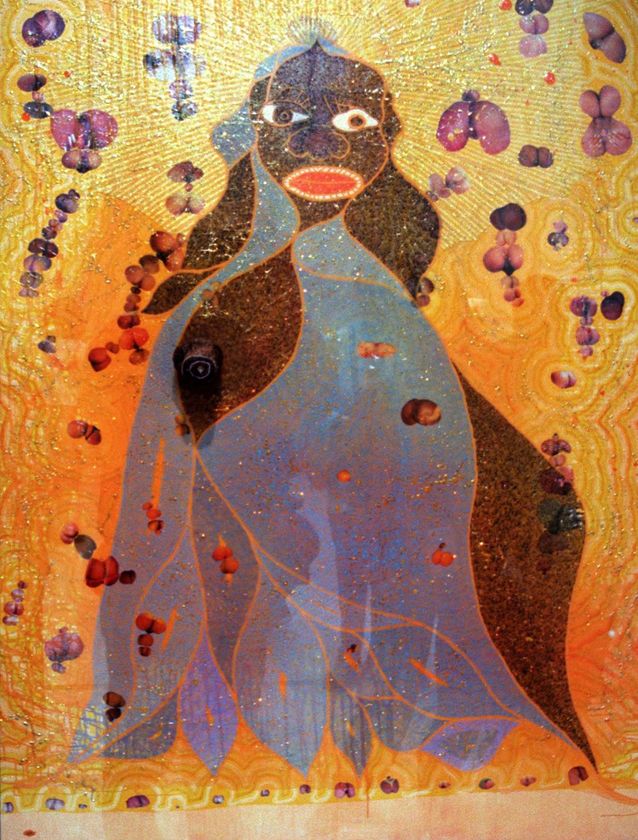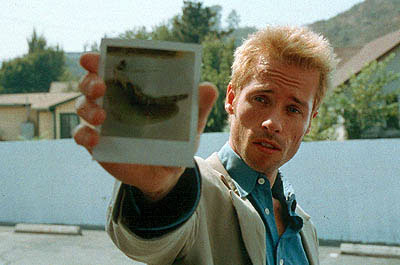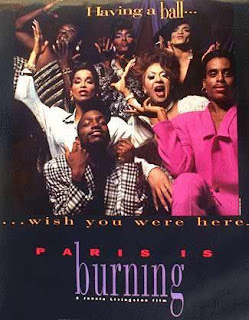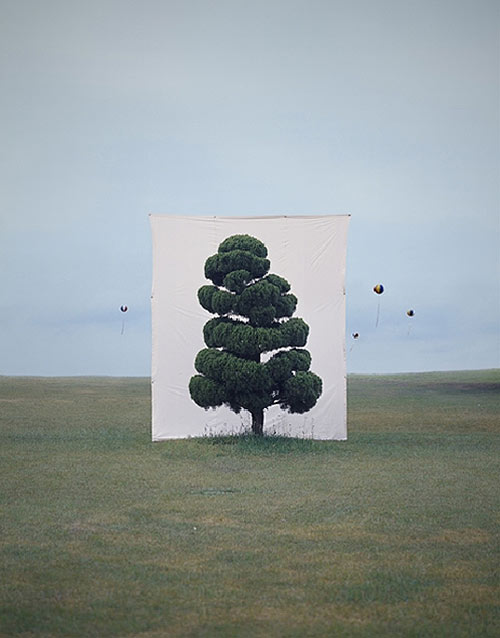Stuart Hall's "The Work of Representation" focuses on the
constructionist perspective of representation (people construct meaning using a culturally-shaped language), as opposed to the
reflective approach (meaning is inherent in the object, person and idea) and the intentional approach (the author alone is responsible for giving meaning to the world).
Language is the medium we use to make sense of things. It is a shared system that embodies the cultural values and ideologies of a particular time and place. Representation is a way to create meaning about the world through the use of language. We use signs and symbols - images, words, musical notes - to represent concepts. We use our knowledge of language and its codes to interpret and construct meanings. How one constructs meanings is influenced by their culture, education, status, age, sex, etc.
By placing a white backdrop behind a tree, Myoung Ho Lee separates the tree from its natural environment, thus reinforcing the notion that all representation is
artificial. Photography, although it ostensibly captures what is physically there, still creates artificial constructions.
Plato's Allegory of the Cave
Nature and the material world - reality - is unstable and susceptible to change and decay. Plato's
Theory of Forms suggests that tangible and intangible objects have an inherent form. For Plato, all art (painting and sculpture) are imitations.
Saussare: Semiotics is the science of signs. Sign = Signifier (physical object or word) + Signified (meaning, concept). *Signs get its meaning from
being different from other signs.*
Barthes:
Denotational meaning is considered the literal, obvious and commonsense meaning;
Connotational meaning is related to socio-cultural and personal implications - often related to issues of origin, race, gender, ethnicity, etc.
Myth - 3rd level of meaning and behave as objective and naturalized truths. (eg. "noble savage")
Michel Foucault: Discursive Approach
Subjects are produced within discourses.
Subject-positioning: "Individuals may differ as to their social class, gendered, "racial" and ethnic characteristics (among other factors), but they will not be able to take meaning until they have identified with those positions which the discourse constructs,
subjected themselves to its rules, and hence become the
subjects of its power/knowledge." Individuals create an identity by aligning themselves within a certain discourse.
Panopticism (self-regulation) - Power does not always need to be oppressive. Jeremy Bentham designed the Panopticon, a type of prison that was designed in such a way that the inmates could always be observred, but they had no idea when they were being looked at or not. Hence, they were less likely to do anything bad because there was always the possibility that they were being watched. (This brings to mind George Orwell's
1984 and the film, "The Lives of Others" directed by Florian Henckle von Donnersmarck.) Surveillance ~ Self-Regulation.
Docile Bodies - Power structures in the society saw citizens as possibly problematic and therefore individuals need to be kept in check through various institutions: mugshots, cataloguing employees, etc.























